On the Pest bank of the Danube River, just south of the Parliament buildings lies a chilling memorial. Several pairs of iron shoes are strewn along the pavement, some with flowers, all with the haphazard appearance of footwear that has been quickly abandoned by force. Imagine the sorrow and terror of their owners, Jews whom the Arrow Cross Party wanted to loot, shot mercilessly and then dumped into the icy Danube River. Sadly, these and many other terrifying events happened in the not so distant past.
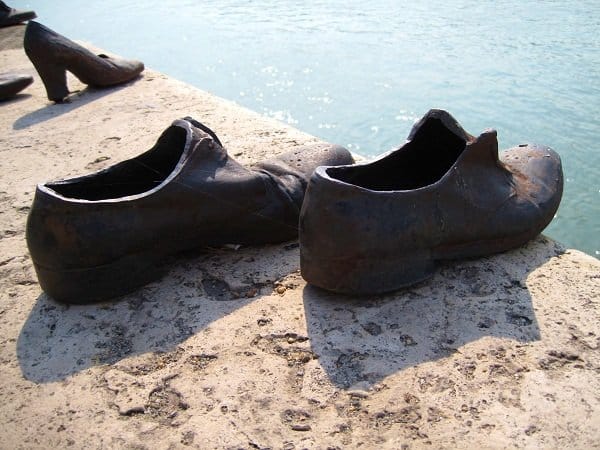
The Memorial to the Victims is just one of Budapest’s many reminders of totalitarian dictatorship in Hungary during the 20th century. We learned a great deal about the history at the outstanding House of Terror museum (V.I., Andrassy ut 60). This confronting, engaging permanent exhibition resides in the building once known as the “House of Loyalty,” a place where a branch of the Hungarian National Socialist movement party rented space before it became the headquarters of the Hungarian Nazis and then various communist terror organizations from 1944 to 1956. Members of the Arrow Cross tortured and killed hundreds of people here.
From the moment visitors step into the lobby of the museum there is no mistaking what atrocities will be documented there. We moved in chronological order from the period following World War I through the events that ended only just over a decade ago. Post-World War I, Hungary was left weakened, isolated and vulnerable as a result of the geographical deprivation mandated in the peace treaties. The country could hold out only for the first five years of World War II before it became the battleground of Nazi Germany and the Soviet Union.
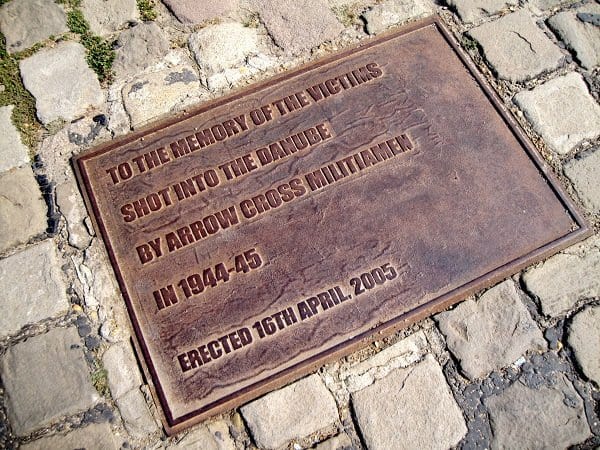
Hitler occupied Hungary on 18 March, 1944 by inviting the country’s Regent and then invading in his absence. The Jewish population living in the countryside were handed over to the Nazis. The Arrow Cross was given power by the Nazis while they ravaged the city, blowing up all the bridges (a photo of the platforms of the beautiful Chain Bridge fallen into the river is particularly striking). By the time the Red Army drove the Nazis from Hungary in 1945, ten per cent of the country’s population had been killed.
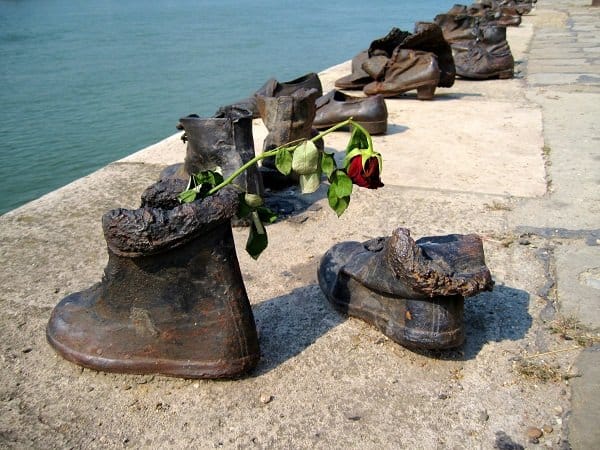
Even once the Nazis were defeated, one evil was exchanged for another. People lived in fear and terror not only during the war, but also during the following Soviet occupation. The Hungarian Communist Party and eventually the Soviets took power by force and a rigged election in 1947. Parliamentary democracy did not resume until the next free elections were held in 1990. During this time the fate of too many people was ethnic cleansing, internment and forced labour camps, with hundreds of thousands of Hungarians abducted and deported to the Soviet gulag.
Not only Jews but also political opponents, “class-aliens”, and (after the war) Germans and Hungarians were sent to the Soviet concentration and labour camps. The last Hungarian prisoner-of-war did not return from Russia until the year 2000. Peoples’ every move was recorded and those trying to escape communism faced long prison sentences, torture or death. Religion, patriotism, private property and any shred of disloyalty were forbidden. Family members turned on each other as did, eventually, members of the iron-fisted parties themselves. The system wiped out the resistance efforts, refusing to acknowledge that they ever existed. The last Soviet soldier did not leave Hungary until 1991.
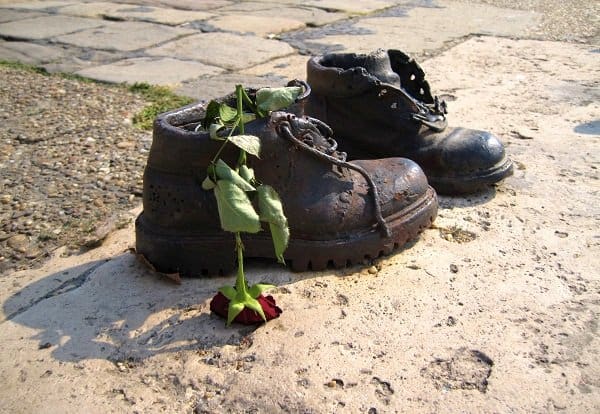
The information at the House of Terror museum is presented via photography, video, sound and ambient exhibits. It is one of the most engaging museums I’ve ever experienced and most everything is presented in both English and Hungarian with the option of an English audio guide as well. As if we weren’t reeling enough after two hours exploring such a horrific recent history that involved the entire world, we exited to find protesters with “Free Palestine” picket signs surrounding the entrance to the museum. While I find their location selection for the protest to be in very poor taste, this was a grim reminder that we still do not have peace in the world, the time period in question still affecting so much.
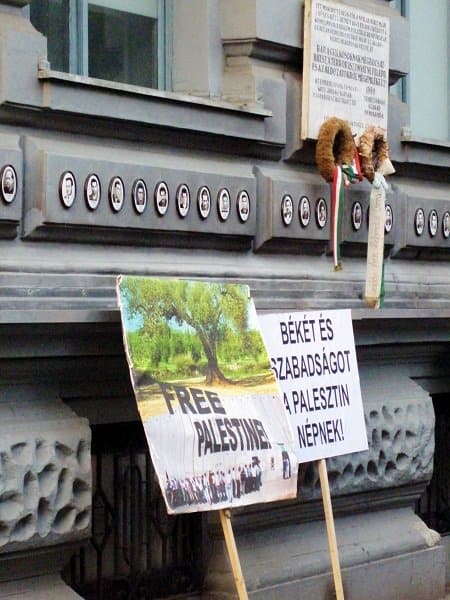
People were protesting outside the Terror House on the day we visited – these were their picket signs.
Other Budapest memorials to Jewish victims:
Holocaust Memorial Center IX. Pava utca 39
Izraelita Temeto X. Kozma utca 6, located at end of the 37 tram line that leaves from Blaha Luzja ter – Jewish Cemetery with the names of the deported etched into columns and many graves from the time period (closes at 3pm daily)
While in Budapest we stayed at the wonderful Town Hall Apartments, sponsored by EuropeNetHotels.com. These furnished, equipped short-stay apartments are located in 14 cities across Europe, perfect for your next European city break.

